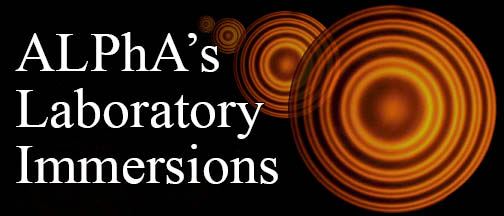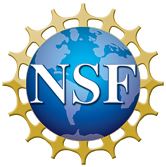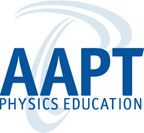- Home
- What We Do
- Laboratory Immersions
- Immersions 2025
- Imm2025Buffalo_OpticalPumping
TeachSpin, Buffalo, NY
Optical Pumping
July 14, 2025 to July 16, 2025
Number of setups available: 1
Maximum number of participants: 2
------------------------------------------------------------------------------------------------------------------------------------------
Optical pumping is historically interesting for its 'late' discovery -- this non-laser phenomenon could have been discovered in the 1930's. But since its invention in the 1950's, it has remained a technique of continuing interest for highly-sensitive magnetometry, and for atomic frequency standards. It's also a fine tool for motivating students to appreciate the details of atomic fine- and hyperfine-structure.
This workshop will use the 'optical bench' topology of a TeachSpin apparatus to show in detail the instrumental requirements for this technique. Participants will learn how to set up, align, and optimize an optical-pumping apparatus. They will use it to detect driven radio-frequency quantum transitions in real time, and apply that capability to the measurement of weak magnetic fields. As time permits, the study of transitions observed at larger fields will permit investigation of the Breit-Rabi formula, and of nuclear spin and hyperfine splitting.
Participants need only bring along a lab notebook, and computer if desired. A commercial realization of this experiment is available for approximately $15k.
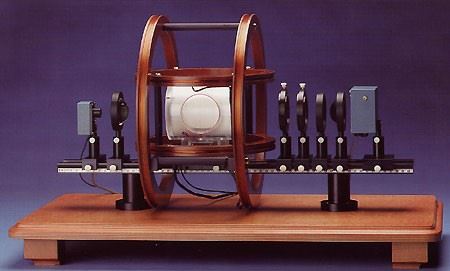
David A. Van Baak (B.S. Calvin College,
1973; M.A. 1975, Ph.. D. 1979, Harvard University)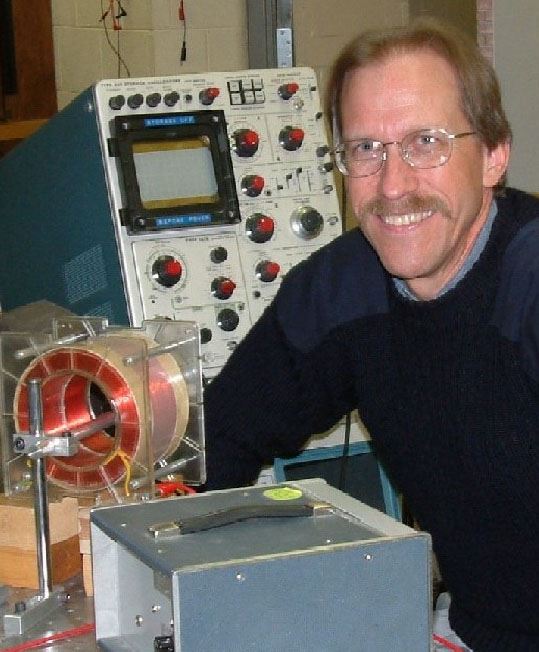
I taught, and developed the advanced lab, at Calvin College during 1980-2014
before taking a second-career position at TeachSpin.
Anyone with an interest in atomic physics and optics is sure to encounter
optical pumping, and I first saw the phenomenon in a 'home-built' apparatus as
an undergraduate in the 1970's. Since
then, my research interests in atomic physics, and my teaching in quantum
mechanics, have reminded me of all the superb physics that can be illustrated
in an apparently simple tabletop apparatus.
Few experiments available to undergraduates offer more insight into the
practical consequences of all those theoretical details of atomic and optical
angular momentum that we can teach our students.
David A. Van Baak, TeachSpin, Inc., 2495 Main St. #409, Buffalo, NY 14214
Email Address: dvanbaak@teachspin.com Phone: 716-885-4701
Please note that the Jonathan F. Reichert Foundation has established a grant program to help purchase apparatus used in Laboratory Immersions. Limitations and exclusions apply, but generally speaking the Foundation may support up to 50% of the cost of the required equipment.

